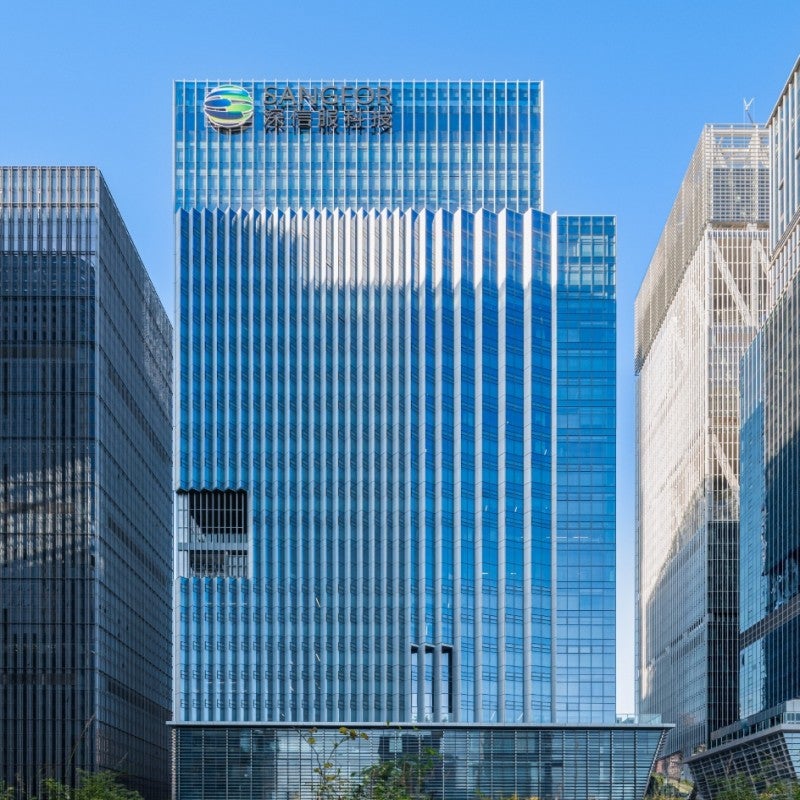What is a Distributed Workforce?
The concept of a distributed workforce has gained significant attention and adoption in recent years, and the COVID-19 pandemic has accelerated its growth. A distributed workforce refers to a workforce that is geographically dispersed and operates remotely, often working from different locations rather than a centralized office. Instead of being physically present in a traditional office setting, employees in a distributed workforce utilize technology and digital tools to collaborate, communicate, and perform their work remotely. A distributed workforce typically relies on various communication and collaboration tools such as video conferencing, instant messaging, project management software, and cloud-based document sharing platforms to facilitate seamless collaboration and information sharing among team members.
The world has gone from debating the benefits and pitfalls of a distributed workforce, to being forced rudely through that door. A distributed workforce sheds the restrictions of working in a traditional office environment by distributing employees over a wide geographic area, domestically or internationally, and leveraging key technologies to give employees access to company resources like software, applications, data and email. Some employees and employers love the benefits of a distributed workforce, like higher productivity, flexible operating hours, global coverage and diversity – but those who were unprepared when the glorious cacophony of catastrophe hit in 2020, are learning the hard way that it takes more than an internet connection and a few good men to make a distributed workforce actually work.

Benefits of a Distributed Workforce
The benefits of a distributed workforce, also known as remote or virtual teams, are numerous. Here are some key advantages:
- Increased access to talent: With a distributed workforce, companies can tap into a global talent pool, allowing them to hire the best candidates regardless of their location. This expands the potential for finding highly skilled individuals who may not be available locally.
- Cost savings: Operating a distributed workforce can significantly reduce costs for businesses. Companies can save on office space, utilities, and other overhead expenses. Additionally, remote workers often use their own equipment, reducing the need for companies to provide hardware and software.
- Improved work-life balance: Remote work offers employees greater flexibility in managing their personal and professional lives. They can avoid long commutes, have more control over their schedules, and spend more time with their families. This can lead to increased job satisfaction and productivity.
- Enhanced productivity: Studies have shown that remote workers tend to be more productive compared to their office-based counterparts. They often experience fewer distractions, have fewer interruptions, and can create a work environment that suits their preferences. Additionally, remote work eliminates the time and energy spent on commuting, allowing employees to focus more on their tasks.
- Increased employee satisfaction and retention: Offering remote work options can boost employee satisfaction and improve retention rates. Remote work is often seen as a valuable perk, and employees appreciate the flexibility it provides. This can lead to higher levels of engagement and loyalty to the company.
- Business continuity: Having a distributed workforce can help companies maintain operations during unforeseen events such as natural disasters, pandemics, or other emergencies. Remote work allows employees to continue working from their homes or other safe locations, ensuring business continuity and minimizing disruptions.
- Environmental benefits: Remote work reduces the need for commuting, resulting in fewer cars on the road and lower carbon emissions. This contributes to a more sustainable and eco-friendly work environment.
It’s important to note that while there are many benefits to a distributed workforce, it also presents challenges.
Disadvantages of a Distributed Workforce
There are some potential disadvantages that organizations should consider:
- Communication challenges: Remote teams may face difficulties in maintaining effective communication due to the lack of face-to-face interaction. Misunderstandings can occur, and it may take longer to resolve issues or make decisions.
- Collaboration and teamwork: Building a sense of teamwork and collaboration can be more challenging when team members are physically dispersed. It may require extra effort to foster a cohesive team culture and ensure everyone feels connected and engaged.
- Lack of supervision: Without direct supervision, some employees may struggle with self-discipline and time management. This can lead to decreased productivity and accountability.
- Employee Interaction Issues: While more traditional paper-pushing office environments are not typically what one thinks of when they picture a “creation and innovation supercenter,” employees need interaction with each other, with managers and with the company in general, to secure the long-term buy in that produces excellent work. This means even the most forward-thinking workforce must connect – and connect securely. Video conferencing, online meetings, chat groups and conference calls need to be clear, reliable, and most importantly totally secure.
- Technology issues: Dependence on technology for communication and collaboration means that technical glitches or connectivity problems can disrupt work and cause delays.
- Network Security Issues: Sensitive data and information stored in the cloud are under constant threat of cyber-attack. This same valuable information streaming back and forth to the home offices of employees across the globe – a receipt for disaster without the right security protections in place. Many companies are implementing a remote desktop solution to ensure that company data stays in the control of the company, while still available to remote employees. The more professional and comprehensive the solution – the more secure your data.
- BYOD Issues: If a company isn’t offering things like good health insurance – they certainly aren’t supplying employees with the latest and sleekest devices, so BYOD, just like COVID-19, might be here to stay. It’s not been as big of an issue as one might think, with employees often preferring to use their own devices for comfort and familiarity, but CIO’s are far from breathing a sigh of relief with loss, theft, encrypted storage, SSL encryption and data in transit being just a few issues they “look forward too.” The best security tools were important, and are now essential to managing a BYOD, distributed workforce company – even temporarily.
Prepare for a Distributed Workforce: Best Practices
- Clear communication: Establish clear communication channels and guidelines to ensure effective and timely communication among team members. Utilize tools like video conferencing, instant messaging, and project management software to facilitate collaboration.
- Foster a virtual team culture: Encourage team building and collaboration through virtual team activities, such as virtual coffee breaks, team challenges, or online social events. This helps build rapport and a sense of camaraderie among remote team members.
- Provide necessary tools and resources: Ensure that remote employees have access to the necessary tools, software, and resources to perform their work effectively. This includes providing secure remote access to company systems and data.
- Performance management: Implement a performance management system that focuses on outcomes and results rather than micromanaging activities. Set clear goals and objectives, and regularly assess and provide feedback on performance.
- Training and development: Provide opportunities for remote employees to enhance their skills and knowledge through virtual training programs, webinars, or online courses. This helps them stay engaged and grow professionally.
- Security measures: Implement robust security measures to protect sensitive data and ensure remote employees are aware of cybersecurity best practices. This includes using secure networks, strong passwords, and encryption tools.
Why Sangfor for Your Distributed Workforce
To prepare for a distributed workforce, establish clear communication channels, set expectations and guidelines, provide necessary technology and equipment, foster a collaborative culture, establish regular check-ins, encourage work-life balance, provide training and support, and foster a positive remote work culture. Adapt these steps to fit your organization’s specific needs and continuously evaluate and improve your remote work practices.
Just as you aren’t alone in trying to navigate new global developments and keep your business profitable – you aren’t alone in meeting your technology needs. With 20 years of experience producing best-in-class security and cloud computing products to enable any size business, anywhere in the world, Sangfor has everything you need to keep your data secure, employees connected and business flowing. Sangfor sees real world solutions to modern problems.
Watch the video to learn how Sangfor Access Secure, a SASE (Secure Access Service Edge) solution, empowers an employee of a SaaS company to work efficiently and securely across all her devices and platforms.
Sangfor Technologies is an APAC-based, global leading vendor of IT infrastructure solutions specializing in Network Security and Cloud Computing. Visit us at www.sangfor.com to learn more about Sangfor’s network security options, and let Sangfor make your IT simpler, more secure and more valuable.





